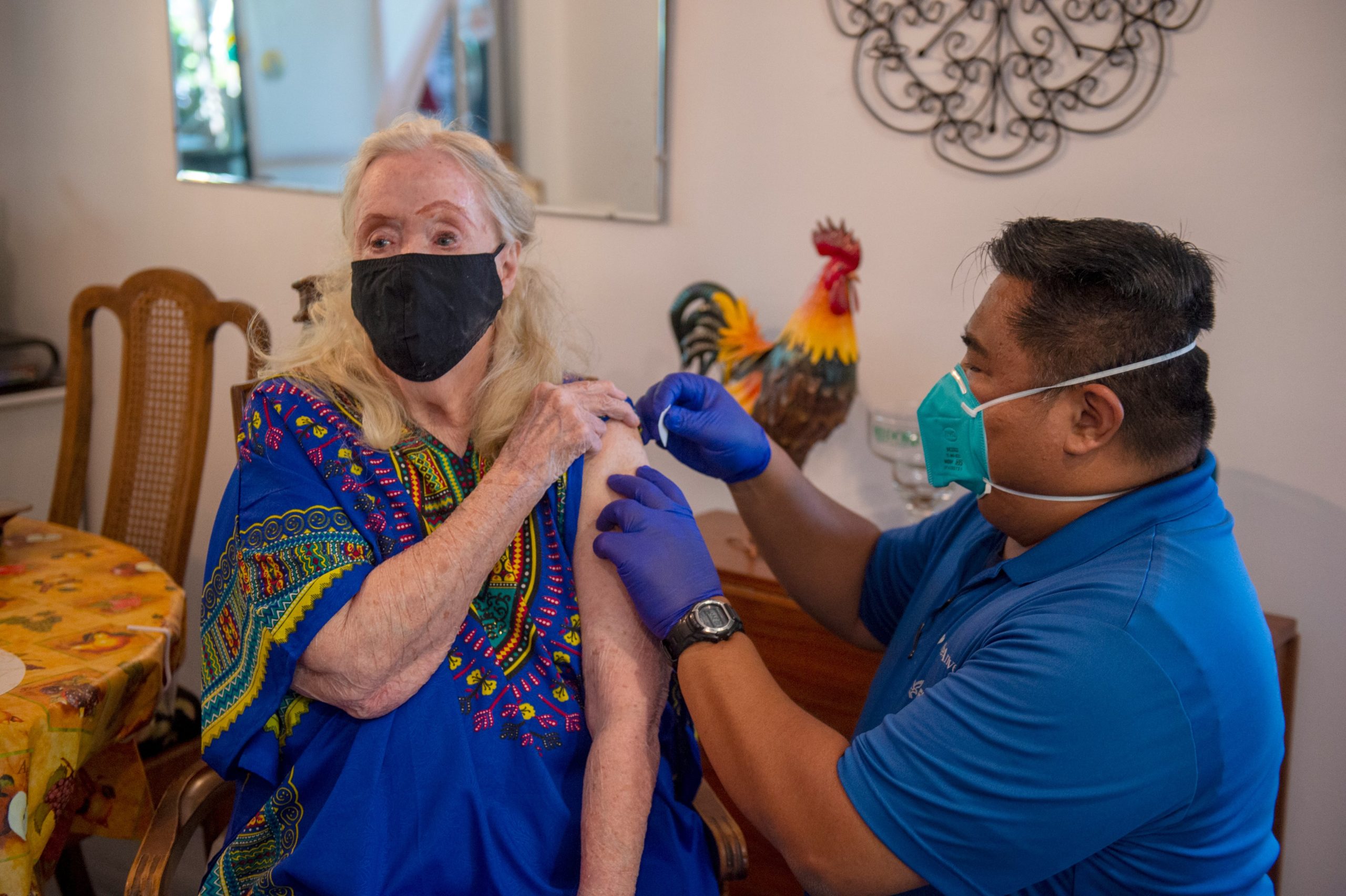Ever since reading John Steinbeck’s classic 1945 novel “Cannery Row,” I’ve dreamed of Monterey, Calif. The book’s imagery of old wooden piers, fish packing plants and colorful characters has lingered in my head for years. Add in a yearning to also experience the world-famous Monterey Bay Aquarium and it’s easy to see why I was so excited to recently visit the town.
My Northern California getaway began on the way home from a stay in Carmel-by-the-Sea. While taking Highway 1 back, a friend and I decided to pull off in Monterey for some spontaneous fun. Exiting the freeway, we followed signs to Cannery Row, where we parked beneath an old building called “Aeneas Sardine Packing Company Cannery.” This was one of the last fish canneries built on Cannery Row, before the sardine industry collapsed in the mid-1940s.
We were now on the historic stretch of land from the book. As we walked down the street, which is now named Cannery Row, we past a few other old and colorful cannery buildings, such as the Monterey Canning Co and the Cannery Row Company, which both have been turned into gift shops, coffee shops, clothing stores, restaurants and hotels, with nautical themes and references to the novel. We then grabbed an ice cream cone at Dippin’ Dots and I read about some local history.
The area began getting busy in the 1850s when Chinese fishing families crossed the Pacific in junks, settled at Point Ohlones (“China Point”) and helped establish Monterey’s fishing industry. After the Southern Pacific Rail Road arrived in the 1880s, the harbor began to grow and in the early 1900s the Monterey canning industry began, with the building of various canneries.
When World War I hit, the demand for fish products grew, additional canneries were erected, and new fishing boats arrived. Then the Great Depression came and the industry was rocked, but managed to survive thanks to the usefulness of sardines as food and fertilizer.
It was in this tumultuous period that Steinbeck drew inspiration for his masterpiece “Cannery Row,” which followed the exploits of down and out characters against a backdrop of brothels, flophouses, a Chinese grocery store and the laboratory of a marine biologist named Doc.
While touring town, we came to Steinbeck Plaza and found The Cannery Row Monument, which pays tribute to nine important characters that played pivotal roles in Cannery Row’s history, including John Steinbeck, marine biologist Ed “Doc” Ricketts and some of the Chinese fishermen who helped start the industry. The monument is located on a wooden pier, with incredible views of Monterey Bay.
Across the street from the monument we bought a Monterey t-shirt at Mackerel Jack’s Trading Co. and then discovered some of the actual tiny, bungalow houses used by the early cannery workers. The simple, one-room shacks are well-preserved with original furniture and plaques on the outside to tell the stories of the Filipino, Japanese and Spanish workers who occupied them.
At the end of the very busy and touristy Cannery Row street is the Monterey Bay Aquarium, where we spent a couple of hours visiting with sea otters, sharks, seahorses, tuna, penguins and thousands of other marine animals. In addition to changing special exhibitions, the facility’s acclaimed permanent exhibits include a towering three-story kelp forest; touch pools and other hands-on exhibits; the award-winning Splash Zone family galleries; and the million-gallon Open Sea exhibit.
As the aquarium’s largest exhibit, the Open Sea is highlighted by a 90-foot window which offers a front row seat to huge tuna and sharks, glittering schools of sardines, and slow-moving sea turtles. Nearby, colorful puffins await their next meal, and brilliant jellies pulse through the water.
The kelp forest is another must-see. This 28-foot-high exhibit is one of the tallest aquarium exhibits in the world and offers unique views of sardines, leopard sharks, wolf-eels and a host of other fishes as they weave through swaying fronds of kelp.
For more information on visiting Monterey and Cannery Row, visit: www.seemonterey.com or www.canneryrow.com. For more information on the aquarium, go to: www.montereybayaquarium.org.







